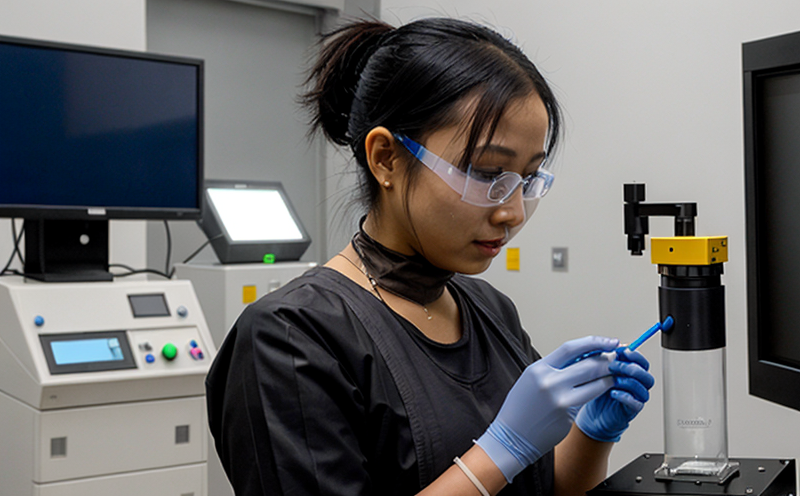EN 16192 Waste Characterization of Nanoparticle Containing Materials
The EN 16192 standard provides a framework for the characterization and quantification of waste containing nanoparticles. This service is critical for industries dealing with nanomaterials, particularly in sectors like electronics, pharmaceuticals, and environmental sciences. The standard ensures that waste streams are properly characterized to meet regulatory requirements and to facilitate recycling and disposal processes.
The process involves several key steps: identification of the nanoparticle types present; quantification of their concentrations within the waste matrix; and assessment of potential ecological impacts. This characterization is essential for ensuring compliance with environmental regulations, particularly those aimed at reducing the release of nanoparticles into the environment. The standard also supports the development of sustainable practices by enabling informed decisions about recycling and disposal methods.
The testing methodology outlined in EN 16192 is robust and detailed, providing a comprehensive approach to waste characterization. It integrates advanced analytical techniques such as electron microscopy, atomic force microscopy, and energy-dispersive X-ray spectroscopy (EDX). These instruments allow for precise identification of nanoparticle types and sizes within complex waste matrices.
The quantification step involves the use of inductively coupled plasma mass spectrometry (ICP-MS) and other relevant analytical methods. This ensures accurate determination of nanoparticle concentrations, which is crucial for assessing potential environmental risks. The standard also includes protocols for extracting nanoparticles from various waste forms, ensuring that all relevant particles are accounted for.
The ecological impact assessment component evaluates the potential risks posed by the identified nanoparticles to ecosystems and human health. This involves considering factors such as particle size, surface area, and chemical reactivity, which can influence their behavior in the environment. The goal is to provide a holistic view of the waste stream, enabling informed decisions about its management.
The service provided under EN 16192 ensures that all these aspects are addressed comprehensively. By leveraging our expertise and state-of-the-art facilities, we offer reliable and accurate characterization results, which are essential for compliance with regulatory requirements and for supporting sustainable waste management practices.
Benefits
- Compliance Assurance: Ensures that waste streams meet the stringent requirements set by environmental regulations.
- Sustainable Management: Supports the development of recycling and disposal strategies that minimize environmental impact.
- Risk Assessment: Provides detailed information on potential risks associated with nanoparticle-containing waste materials.
- Data Quality: Offers accurate and reliable data, which are critical for informed decision-making.
Why Choose This Test
- Regulatory Compliance: Ensures adherence to international standards such as EN 16192.
- Expertise: Our team of professionals is well-versed in the intricacies of nanomaterials testing and characterization.
- State-of-the-Art Facilities: Utilize cutting-edge instrumentation to provide precise and accurate results.
- Customized Solutions: Tailor our services to meet your specific needs, ensuring that you receive the most relevant information for your waste streams.





